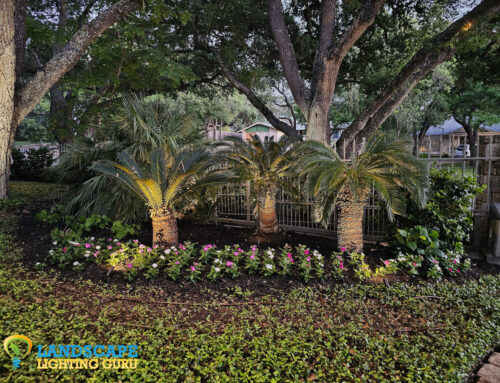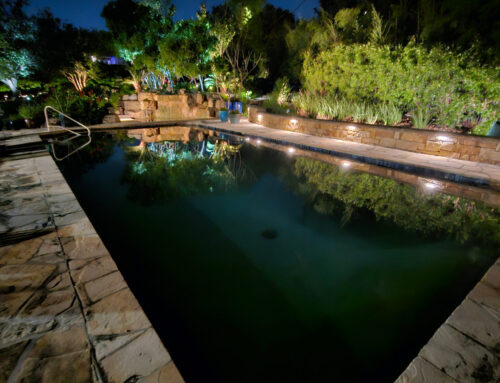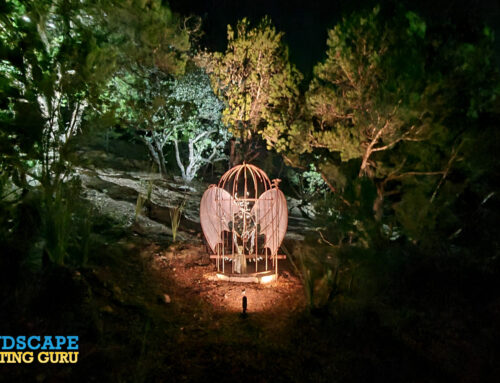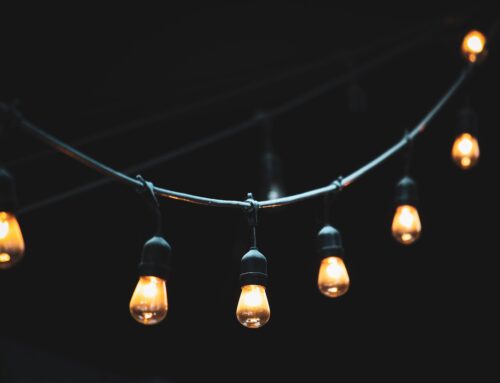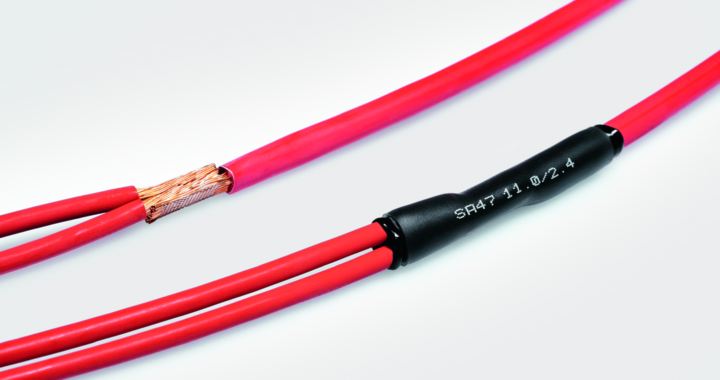
Heat Shrink Connections
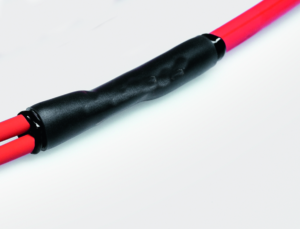
When hiring a Landscape Lighting contractor, you probably will have a lot of questions. However, there is one question that is seldom asked but can make one of the biggest differences in how long your new system will last. Sometimes it is the little things that make all the difference and in this case, it really is. So, what is the question?
How do you connect the wires to the fixtures?
How do you make sure the connection continues to work overtime since it is buried underground?
The only answer that you should accept is Heat Shrinking every connection in the lighting design. This is a small thing, that can make all the difference. All other connection options can cause the problem of loose, low-voltage lighting connections that can melt and burn over time. These problems occur even if the connections were initially thought to be installed tight.
Low voltage Lighting connections become loose and melt and burn from tree roots, as surrounding plantings grow and become entangled or as other contractors are pulling on wires making room for new plantings. Complications are also happening due to the Thermal Cycle (the fixture being turned off and on) causing expansion and contraction, as lighting connections heat and cool over time, space is being created between the strands of copper wire causing arcing.
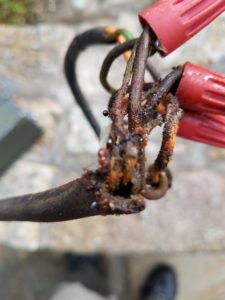 The heat shrink connection is used instead of a traditional wire nut or screw type of connection. A heat shrink connection is a type of sleeve and crimp that is put on the wire prior to making the wire connection. With a special tool, the wires are connected and crimped and then the sleeve is put over it and lightly heated up until the sealant is exposed making the connection waterproof.
The heat shrink connection is used instead of a traditional wire nut or screw type of connection. A heat shrink connection is a type of sleeve and crimp that is put on the wire prior to making the wire connection. With a special tool, the wires are connected and crimped and then the sleeve is put over it and lightly heated up until the sealant is exposed making the connection waterproof.
Landscape Lighting Guru has been using heat shrink connections for years and has really seen the difference in performance for the lighting system. It is always used on new installs and when servicing old systems, we will replace the connection with heat shrink whenever we can.

